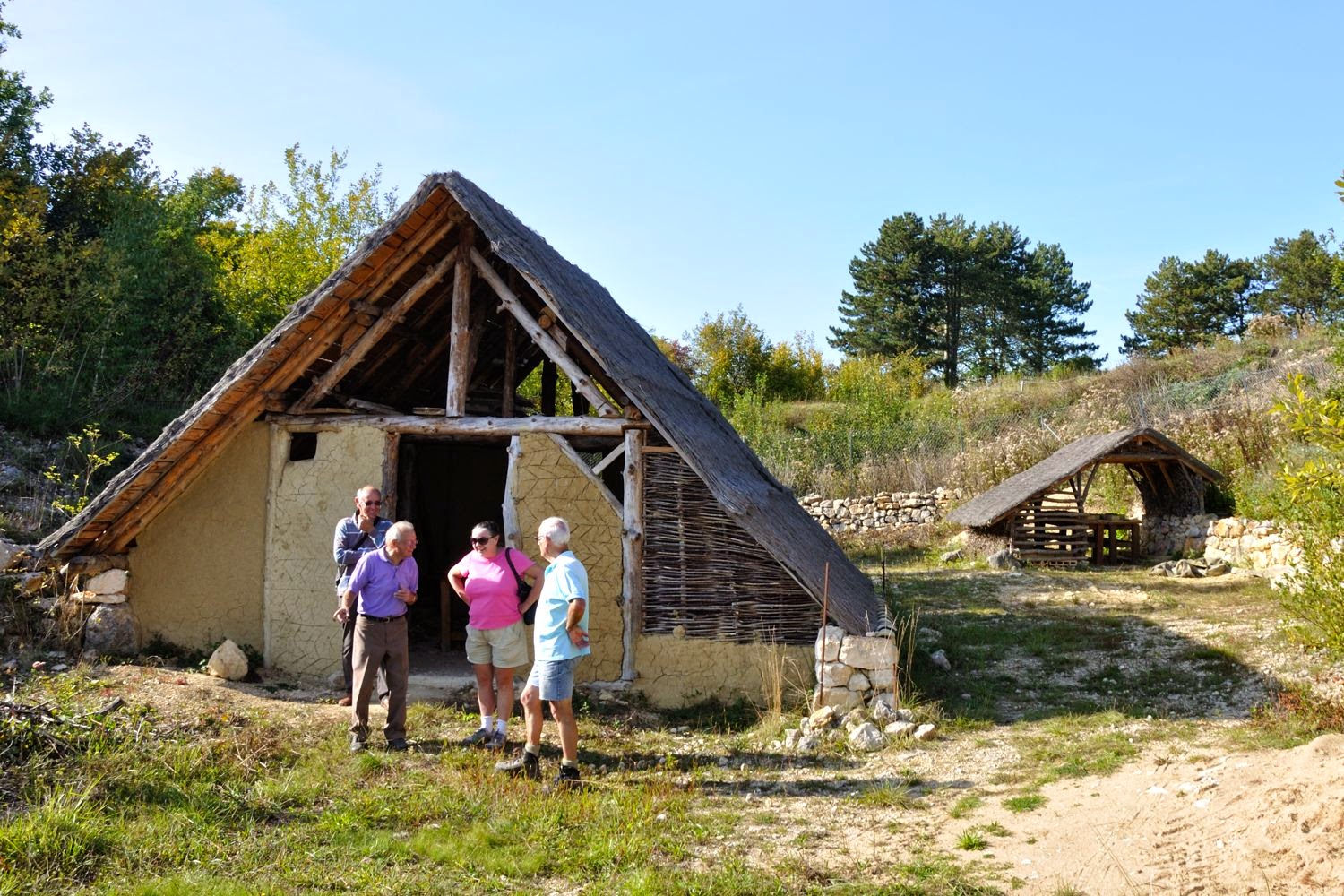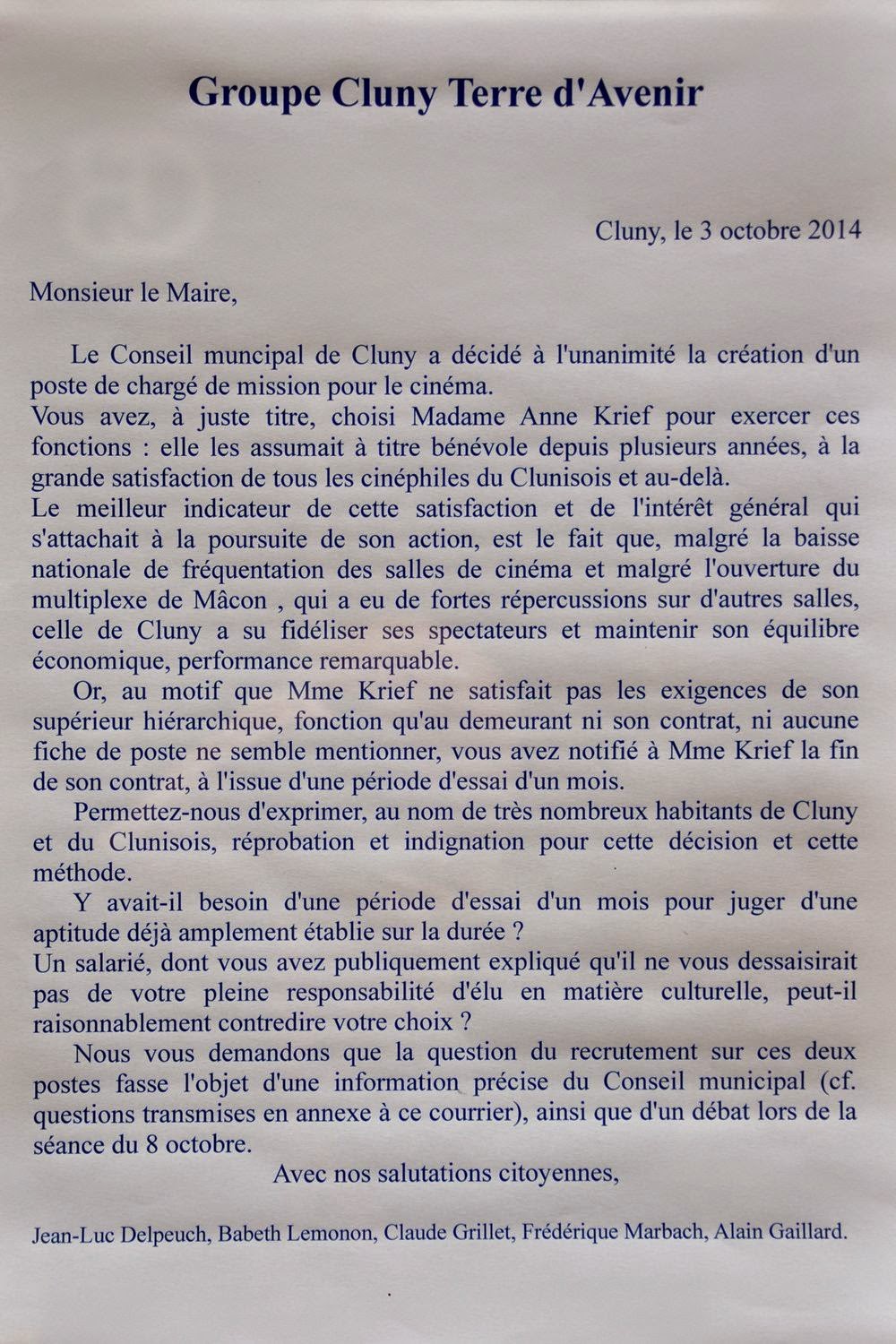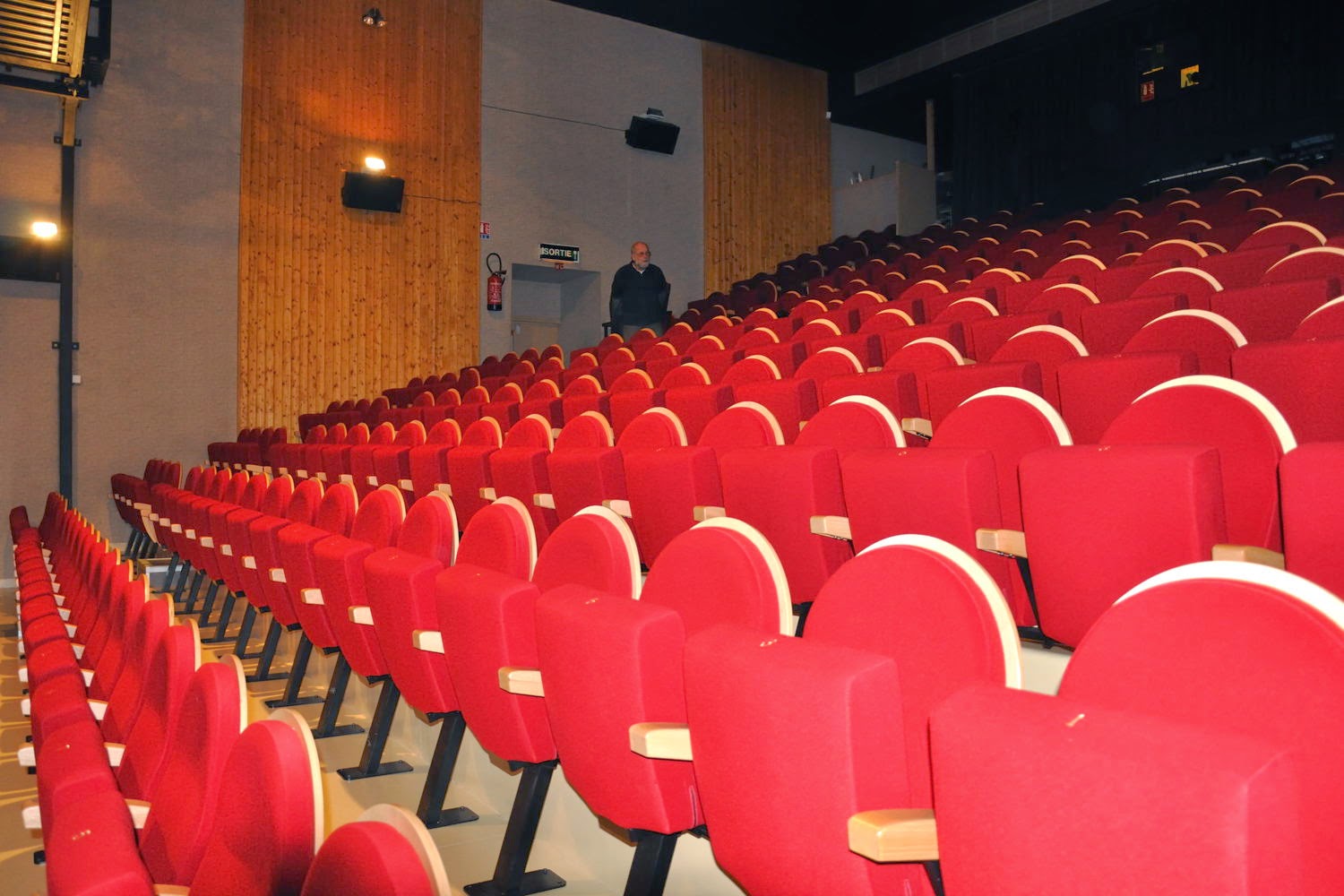The contact we had with Monsieur Piffaut of the “
Association des amis du vieux Berzé (AVB)" did not stop after our visit to the gypsum kilns in Berzé-la-Ville (see also
a previous blog), or with a visit of him and and two of his friends from yet another association to our Tuilerie.
 |
| The Roman quary |
The last group keeps itself occupied with the maintenance and the management of the Carrières de la Lie, an extensive collection of stone quarries around La Roche Vineuse.
Monsieur Piffaut happens to have relatives in our village Chazelle, and hence he pops by our tuilerie every so often. The last time we saw him he asked whether we had ever visited these stone quarries. And although they stood on our “still to visit” list, we simply had not yet got around to do it.
 |
| Opencast mining |
M. Piffaut being M. Piffaut, he quickly organized this. Hence soon after his visit, on a Saturday afternoon at 15h00 we waited for M. Piffaut to guide us to the quarries. He turned up spot on time (not very French!) and soon we followed him to La Roche Vineuse, crossed this village, drove to the hamlet of Sonnéré and ended up on the parking area near the quarries. There we were welcomed by two members of the association (whom we got to knew during their visit to us) and the guided tour could begin.
 |
| "Unveiling" of a sarcophagus |
The stones were partially quarried in underground, partially in opencast mines. The origin of the quarries goes back to Roman times, say to approx. 100 AD. The Romans used the (underground) quarries mainly to mine materials for sarcophagi, and this tradition was continued (in opencast mining) by the Gallo-roman population and later still by the Merovingians. Later, from approx. 1000 AD onwards, the quarries were used to provide building materials for buildings; Cluny III as well as many Romanesque churches in the area will have used limestone from these quarries. One of the latest acquisitions of the association came from Mâcon; the quarries received two sarcophagi (in permanent loan and now on display).
 |
| La Tuilerie de la Lie |
The menbers of the association do more than just managing the quarries. Some of the members have started a project which they call, jokingly, their “
Guédelon”. The object of the exercise is to build a kiln for a brick factory early mediaeval style, where possible with means available in those days. They have succeeded in building a drying shed and a workshop that look like buildings erected before 1000 AD, and they have produced manually and dried 4000 big size (approx. 12 x 10 x 6 inch) bricks.
 |
| Ready for the kiln.... |
For a picture album of our visit :
click here.
Presently they are faced with a classic “which came first, the chicken or the egg” problem: How to fire bricks to build a kiln if you have not got a kiln yet? Knowing the gentlemen concerned they will come up with a solution pretty soon!
 |
| If only the kiln were ready for the bricks! |
The surrounding area of Berzé-le-Châtel, Berzé-la-Ville and La Rocche Vineuse is more than worth a visit, and only a short distance away from
La Tuilerie de Chazelle.














